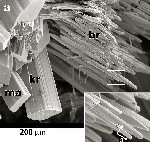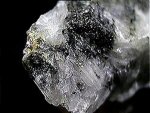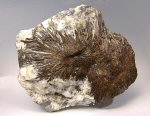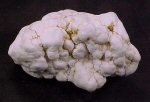|
| Home | Crystal | jmol | jPOWD | Chem | X Ray | Dana | Strunz | Properties | A to Z | Images | Share | News | Help | About |
|
Info: Babelfish Translation: Help Index: |
New, Enable Java applets (jPOWD, Krystal) using CheerpJ Applet Runner Plugin for Chrome Browser. The Mineralogy Database was last updated on
9/5/2012 and it contains 4,714 individual mineral species descriptions with links and a
comprehensive image library. Visit the "What's
New" section for details.
Each mineral has a page linked to tables devoted to crystallography, crystal structures, X-Ray powder diffraction, chemical composition, physical and optical properties, Dana's New classification, Strunz classification, mineral specimen images, and alphabetical listings of mineral species. There also are extensive links to other external sources of mineral data and information.
Mineral Images Chemical Composition What is a Mineral ?
Crystallography
Crystal Structures X-Ray Powder Diffraction New
Dana Classification Strunz
Classification Determinative Mineralogy Alphabetical Listing Help
Topics
Other Links
Alternate Search using Google |
Today is Tuesday, 18-Nov-2025 19:17:20 CST
|





 Mineral species and other structures with crystal structure data using the
Mineral species and other structures with crystal structure data using the